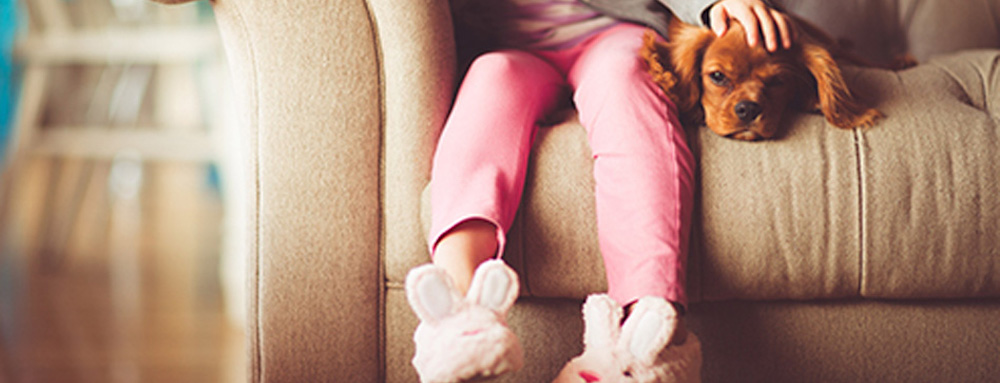
Every time the weather gets suddenly, I can guarantee that three doonas will arrive on the laundrette doorstop the next morning courtesy of a small child or a pet urinating during the night.
Rest assured if this has happened to you, you are not a bad parent or pet owner.
I’m no expert, but years of experience suggest there can be a number of possible cold-related causes.
Research has shown that children with bedwetting problems do appear to wet the bed more often during winter. This is has been attributed to a number of factors, including the cold making the body’s blood vessels constrict, increasing blood pressure and triggering the body to reduce fluid volume through urine. In addition, the cold causes the bladder to contract, lessening its capacity to hold urine (that’s another reason why your mother’s advice to always keep your lower back and kidneys warm holds true!) Yet paradoxically, if a child with bedwetting issues does snuggle up under the blankets and falls into a really deep sleep, he or she may also be more likely to wet the bed. (Sometimes we just can’t win).
In addition, when it is colder, children tend to reduce the amount that they drink during the day. This can lead to constipation and a full lower abdomen restricts the bladder which cannot then hold the normal amount of urine and overflows quickly.
There are many websites that address some of the preventive approaches to child (and adult) bed wetting.
As for pets, it does seem there is something almost magical about a doona that may make it a prime place for a pet to have an accident. For cats in particular, doonas are soft and squishy and have familiar smells and may remind a cat of their litter tray. With any pet, stress, injury, illness, or old age can be factors that can restrict the ability to hold urine. This is often exacerbated in cold weather, and can particularly be the case for specific breeds of dogs or cats that are less cold-tolerant.
Again, there are many websites that offer solutions to the underlying problem.
From a laundering point of view, the most important thing is to be very careful about how you clean up. There is actually quite a lot of science involved in dealing with urine stains.
If you use an ammonia-based cleaner, it can smell similar to cat urine and attract them back to the site. Bleach is even worse as it is extremely toxic to cats. With any urine (child or pet), it’s best to use an enzymatic cleaner and to start the process within 24 hours of the stain occurring. If it happens during the night, spray with a solution of two parts vinegar to 1 part water (and if you have tea tree oil, add two capfuls to the mix). The spray will start to neutralise the urine. Then bundle it all up in the morning. You don’t have to worry about fans, or heaters, or airing it in the sun in the morning, just bring it straight to us.
We will use heat and special urine-busting cleaners to get your doona hygienically fresh. We’ll then dry it in our heavy-duty machines so it’s fluffy and like new and you’ll be ready for Canberra’s next cold night (which could possibly be in the next 24 hours).
